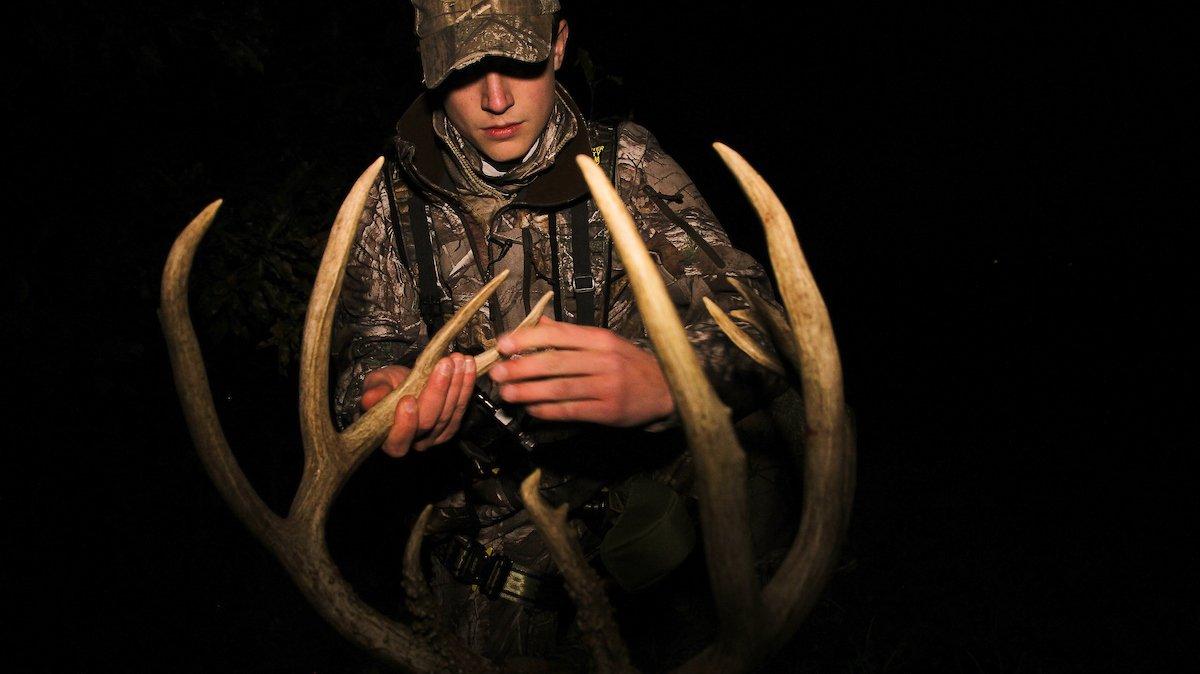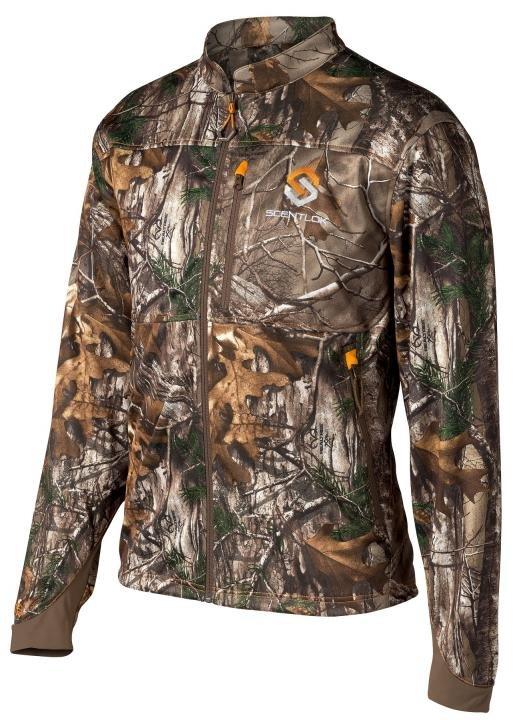Do You Use This Method?
Shoot, or not to shoot? Sometimes the hunter inadvertently lets a big buck walk. At other times he shoots a buck that suffers from "ground shrinkage." Well, your problems are over in this regard. In this article, we'll tell you how to make the correct decision on the fly.
Case in Point
I'd been on stand since before 7 a.m. on a high ridgetop. Because it was a windy day and the tree I was sitting in was small, by the time 3:30 p.m. rolled around, I was exhausted and seasick -- tree sick, would be a better phrase.
Suddenly, a buck trotted into the saddle. Shoot? Don't Shoot? My subconscious mind wrestled with the decision of what to do. Boom! Shoot won out. I watched as the buck died within sight of my stand. Excitedly I climbed down out of the tree and made my way to the mature buck. I was disappointed when I got there because it was a very standard 3-1/2-year-old 8-point grossing about 118 inches. Not anything near what I planned on shooting.
Of course I'm not the only hunter who has ever experienced a severe case of ground shrinkage on a buck. Many deer hunters have and it's not a good feeling. A friend of mine, for example, shot what he thought was a great buck, yet when he walked up on the deer, he emitted with complete surprise the following words: "Oh my gosh! I've found someone else's deer!"
To prevent you from saying those same disappointing words, in the next few paragraphs, I'll help you find a way to control your emotions and also share methods that will enable you to accurately speed score bucks on the hoof.
Scoring Basics
I'm not going into the aging of deer with this piece since rack size is what normally determines most of our shooting decisions. First of all, your emotions must be controlled in order for you to make a rational decision. In my case, I had hunted for days and was exhausted by 3:30 p.m. My subconscious mind told me to take him and I did so because killing a deer meant I could get some rest. Since then, I've learned to control my emotions enough to make a fairly accurate decision about a buck's rack.
Don't Miss: How to Age Bucks on the Hoof
I consciously tell myself I'm both tired and excited and that I must remain under control. If I have time, I determine if the buck's inside spread is out past his ears. On a mature Midwest buck, if he has his ears out listening, they are almost always between 15 and 16 inches tip-to-tip. This allows me to determine inside spread very quickly.
If the deer is sideways to me, I count how many points are up. In the heat of the moment, many deer hunters forget to do this. One point up, it's a 6-point; two up an 8, three points up a 10, and so on. I mentally count these points, estimate their length to the nearest inch, add them all up and multiply by two. I then pitch in the inside spread, double the main beam lengths, estimate mass on one side, double this figure, then add it all again. Does this sound confusing and time consuming? You bet it is. There is a better way, one I now use.
Wimpy's Rule
Jerry Stafford of southern Illinois has killed a ton of huge bucks. His dad Wimpy has killed his share too. Both Jerry and Wimpy guide for big Illinois bucks, and when a mature buck steps out, they use Wimpy's Rule to evaluate it. The rule is to take 100 and add in the total of the tine lengths. This 100-inch figure includes inside spread, main beam length and mass measurements. As you can see, this quickly simplifies scoring a deer on the hoof. If he has three points up and they are 10, 8 and 6 inches, this total 24 inches. Adding a 4 inch brow tine makes 28 inches for one side. Double this and we have 56 inches plus 100, giving us a net score of 156 inches, a great buck.
Don't Miss: Score Your Rack
How accurate is Wimpy's Rule? You may wonder. Pretty darn accurate for their area. The only thing they change is if a buck looks a little thin, they go to 95 inches, and if he looks a little bulkier than normal they go to 105 inches.
I have taken the scores of many local bucks and developed my own formula for the southern Indiana hill region I hunt. If a buck is a good healthy 3 1/2- or 4 1/2-year-old whitetail, I use a Wimpy's rule score of 90 inches, then add in the tine lengths. Since it is so hard to see brow tines, I use an average length of 4 inches for them. I score for Pope & Young and have found by looking over my score charts that Wimpy's Rule is a very accurate way of determining net score once you determine the figure to be used for your region.
For Alabama the figure might be 80 inches, while for Canada it may be 105 inches. Take time to study several score sheets from your local hunting area and average out the main beam, inside spread and mass measurement totals and you can accurately come up with your own Wimpy's Rule figure. You may want to fine tune your system like Wimpy does by adding or subtracting 5 inches or so from this figure if a deer's rack looks thin or heavy. Try this system on your future hunting trips and I believe you will find it to be the best way of speed scoring bucks on the hoof that you've ever tried.
Don't Miss: 20 Deer Hunting Lies Your Granddaddy Told You
Editor's Note: This was originally published on October 19, 2006.
Are you a deer hunter thirsty for knowledge? Check out our stories, videos and hard-hitting how-to's on deer hunting.









